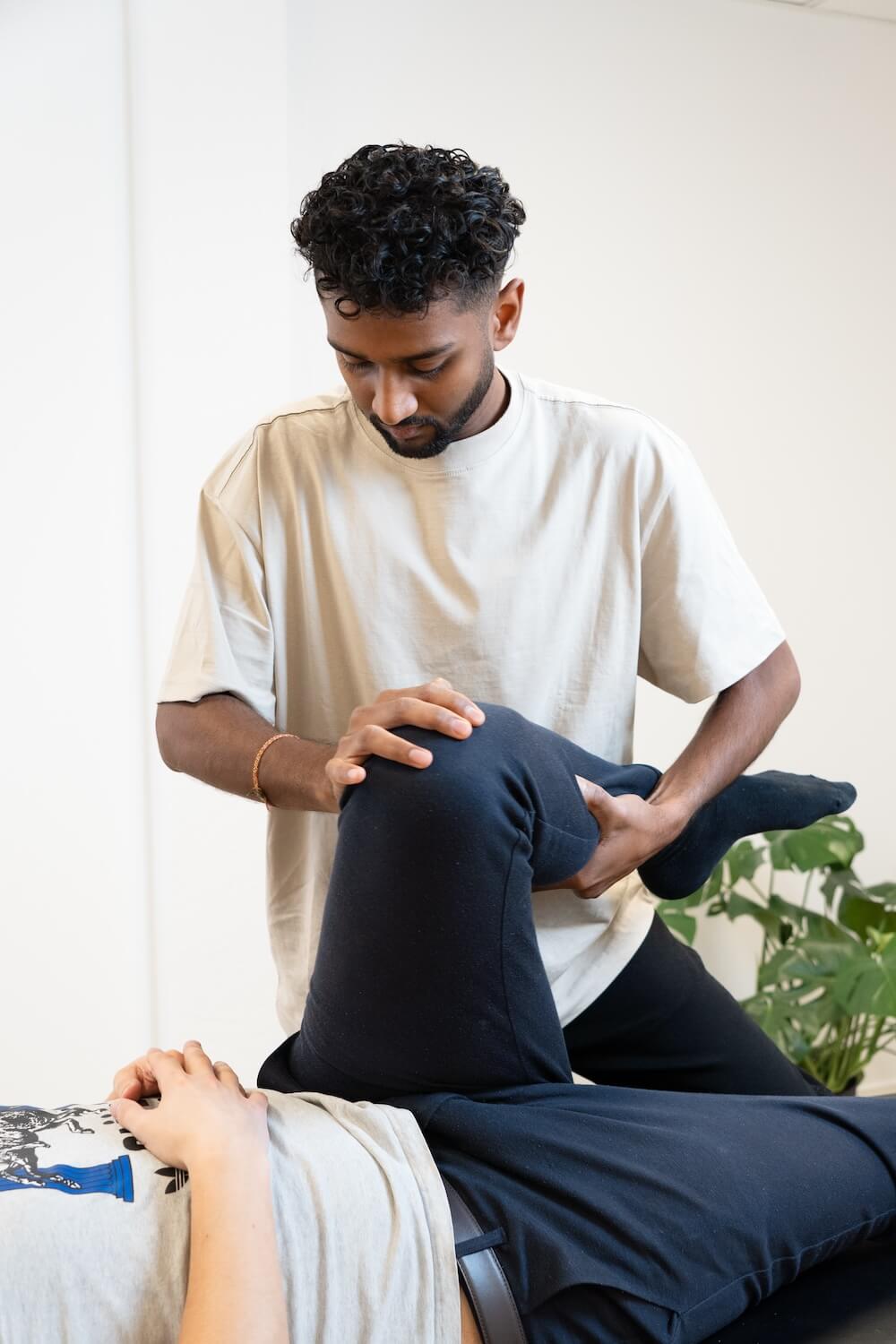We treat
Pes anserinus tendinitis
How to treat and prevent anserinus tendinitis
What is Pes Anserinus Tendinitis?
Pes Anserinus tendinitis is an irritation of the muscle tendon attached to the inside of the knee joint.
The three muscles from the thigh: m. Sartorius, m. Gracilis, and m. Semitendinosis, are intertwined into one common tendon on the inside and below the knee joint. The attachment site overall resembles the bones of a goose foot – hence the somewhat peculiar nickname “Goosefoot syndrome”.
Jump to section [Vis]
What causes pes anserinus tendinitis?
Irritation in the tendon occurs when it slides excessively over ligaments, bursae, and bony prominences on the top of the lower leg during activity.
If the friction becomes too great over these points, or the tendon becomes too tight or too irritated in extreme positions, an inflammatory condition can occur at the end of the tendon or the bursa underneath.
The three muscles are important stabilizers for the knee, and an overload condition will often occur after loads on uneven surfaces or sharp changes in direction, for example in orienteering and racket sports.
Furthermore, anserinus tendinitis is often seen in connection with osteoarthritis due to osteophytes around the tendon, and in calf knee due to incorrect traction on the tendon.

What are the symptoms of pes anserinus tendinitis?
The common tendon attaches to the inside of the knee and will therefore, when overloaded, cause pain just above and below the midline on the inside of the knee. In addition, radiating pain down the inside of the lower leg to the ankle may also occur.
The symptoms can occur quite soon after an unusual strain, and they can also occur at rest after the strain itself. In some cases, the pain can disrupt sleep at night, as it is persistent and bothersome.
The pain will often worsen when walking up stairs, after squatting, and after running and jumping. The tendon itself is tender to direct pressure and may appear warmer than on the other leg.
The diagnosis of pes anserinus tendinitis is made through tests that can either be performed by a doctor, physiotherapist or osteopath.
Is pes anserinus tendinitis the same as jumper’s knee or runner’s knee?
Goosefoot syndrome is sometimes confused with jumper’s knee or runner’s knee.
All three of these diagnoses are inflammatory overload conditions, but the big difference lies in which structures are irritated, and thus also where the pain is located in the knee:
– Jumper’s knee will cause pain along the tendon of the kneecap – mostly in the middle of the knee.
– A runner’s knee will cause pain on the outside of the knee radiating up the outside of the thigh.
– Pes anserinus tendinitis will, as described above, cause pain on the inside of the knee, which sometimes radiates down the lower leg.

How does an osteopath treat pes anserinus tendinitis?
Since tendinitis is often the result of improper wear and tear on the tendon, it is important to restore the natural and free movement possibilities of the tendon or the mucous membrane underneath. This is done, among other things, by creating balance between the three muscles, stretching those that are tight, and strengthening those that are weak.
An osteopath looks at the entire body, and takes into account, among other things, the immune system, musculoskeletal system, nervous system, organ system, hormonal system, circulation and respiration when assessing the body.
Osteopathic treatment and thinking are based on the fact that the body’s structure and function are interconnected, and if there are imbalances in some of the body’s systems, for example in migraines, this can lead to symptoms of illness.
For example, the ankle, hip, pelvic bones, or vertebrae should be screened for pes anserinus tendinitis and corrected if misaligned. If any of the aforementioned joints are compromised in their position, relief, stretching, RICE (Rest, Ice, Compression, and Elevation) treatment, and other measures will not provide more than temporary relief to the knee. The problem will reoccur as soon as activity is resumed.
The immune system’s ability to heal the affected areas in connection with inflammation is greatly influenced by our internal chemical environment. Elevated levels of the stress hormone cortisol, poor diet, too little sleep, alcohol and smoking are all things that affect the functional level of the immune system. It is an important part of osteopathic treatment that we try to boost the immune system through conversation and treatment, and thus promote healing.
Relaxation is also an important part of treatment. This means that if the overload has occurred after sports or other physical activity, it is good to give it a rest for a period of time, and then gradually expose the tendon to proper load.
In extreme cases, your GP may perform a block or prescribe painkillers in the form of NSAIDs for immediate pain relief, but this will not be enough on its own.

Often related injuries
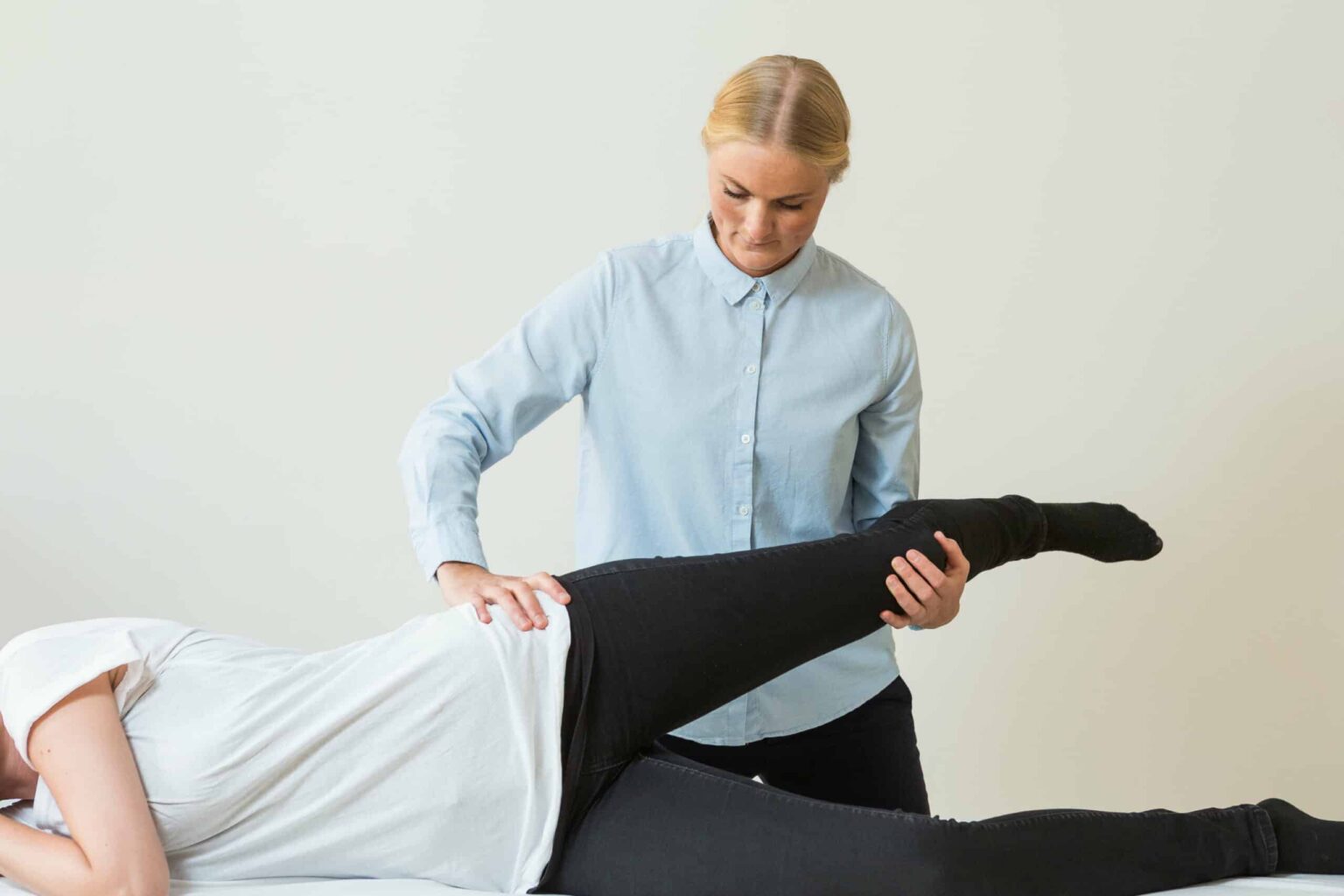
Restless Legs Syndrome (RLS)
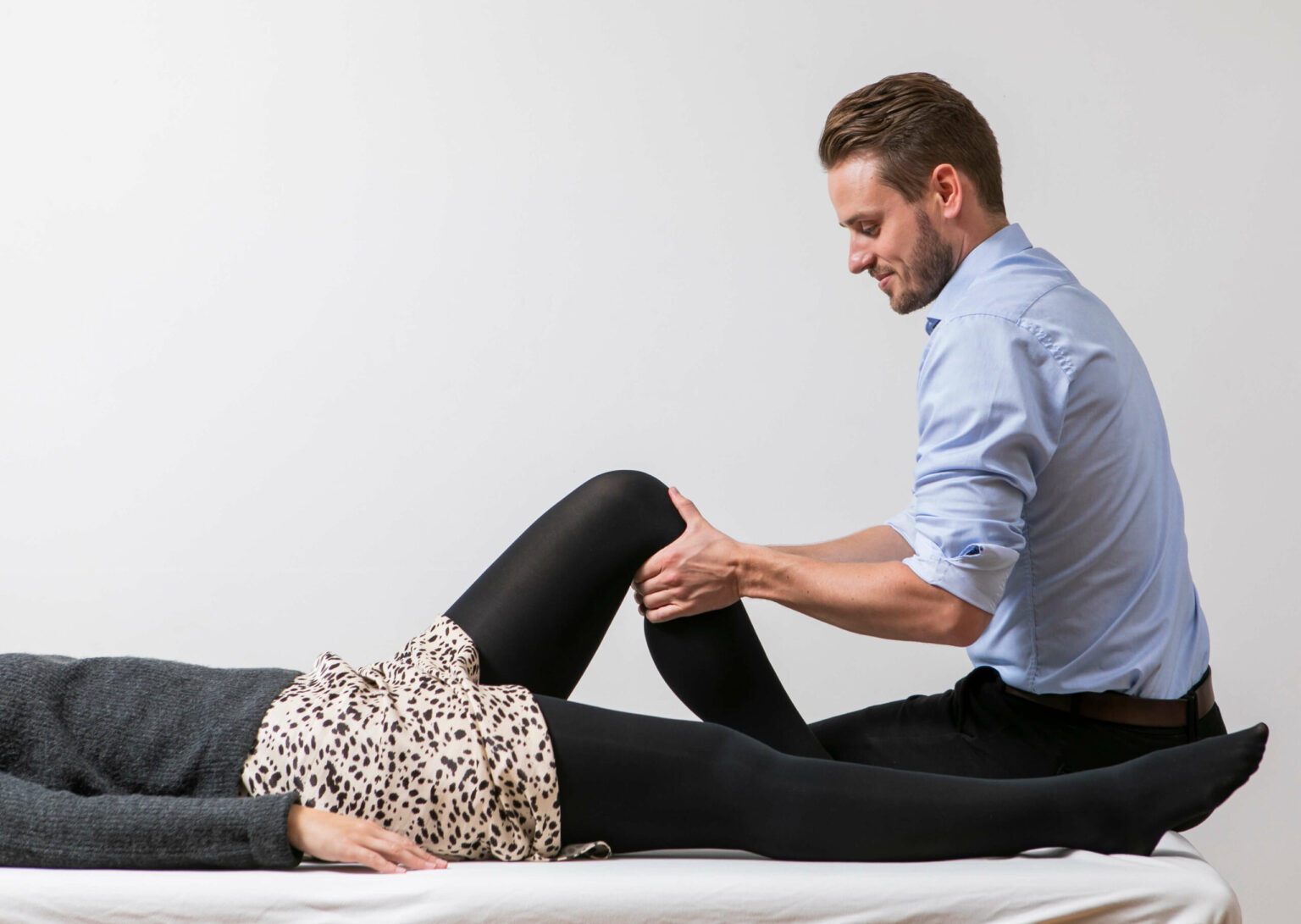
Cruciate ligament injuries – ACL/PCL
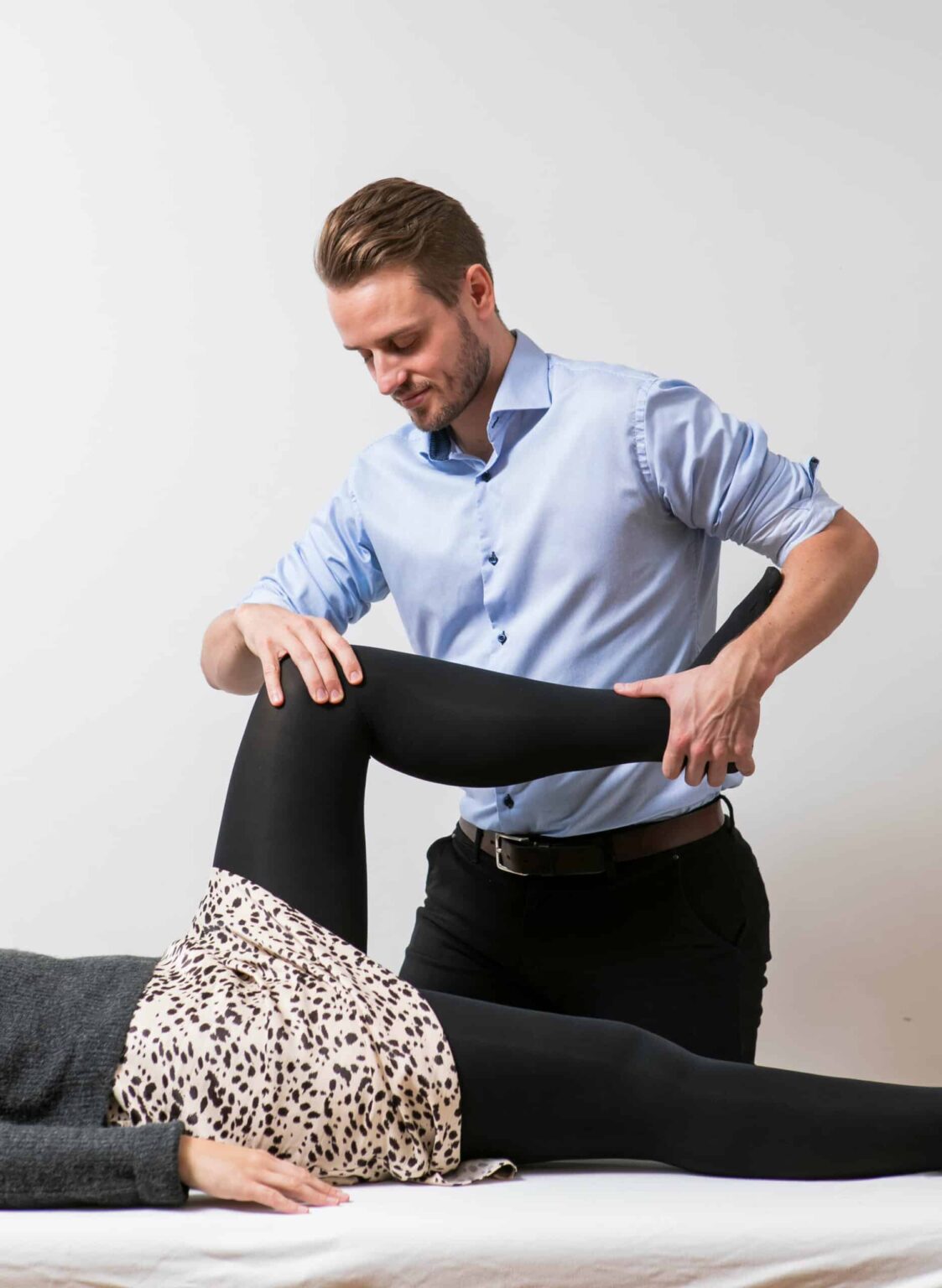
Synovial Plica
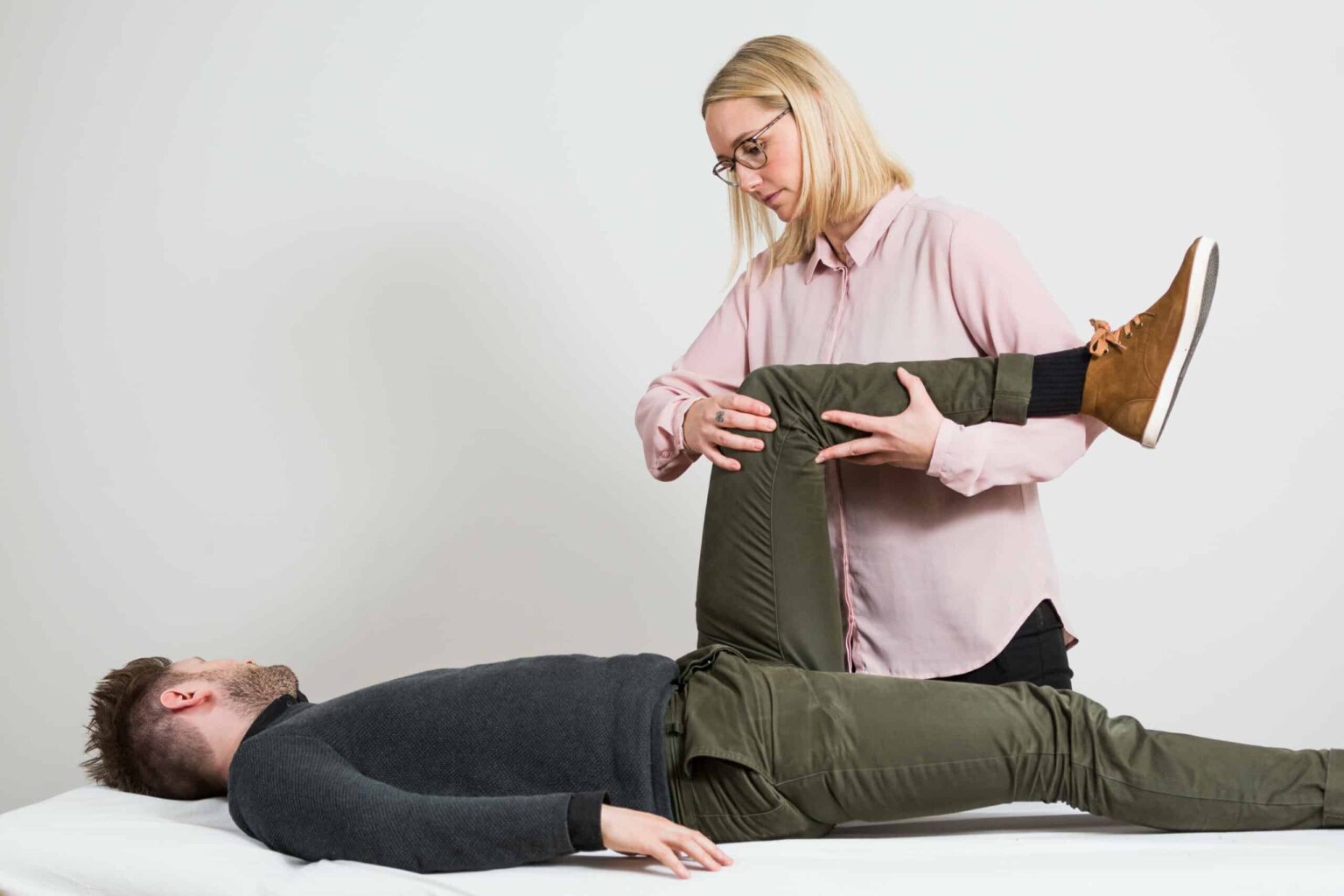
Pes anserinus tendinitis
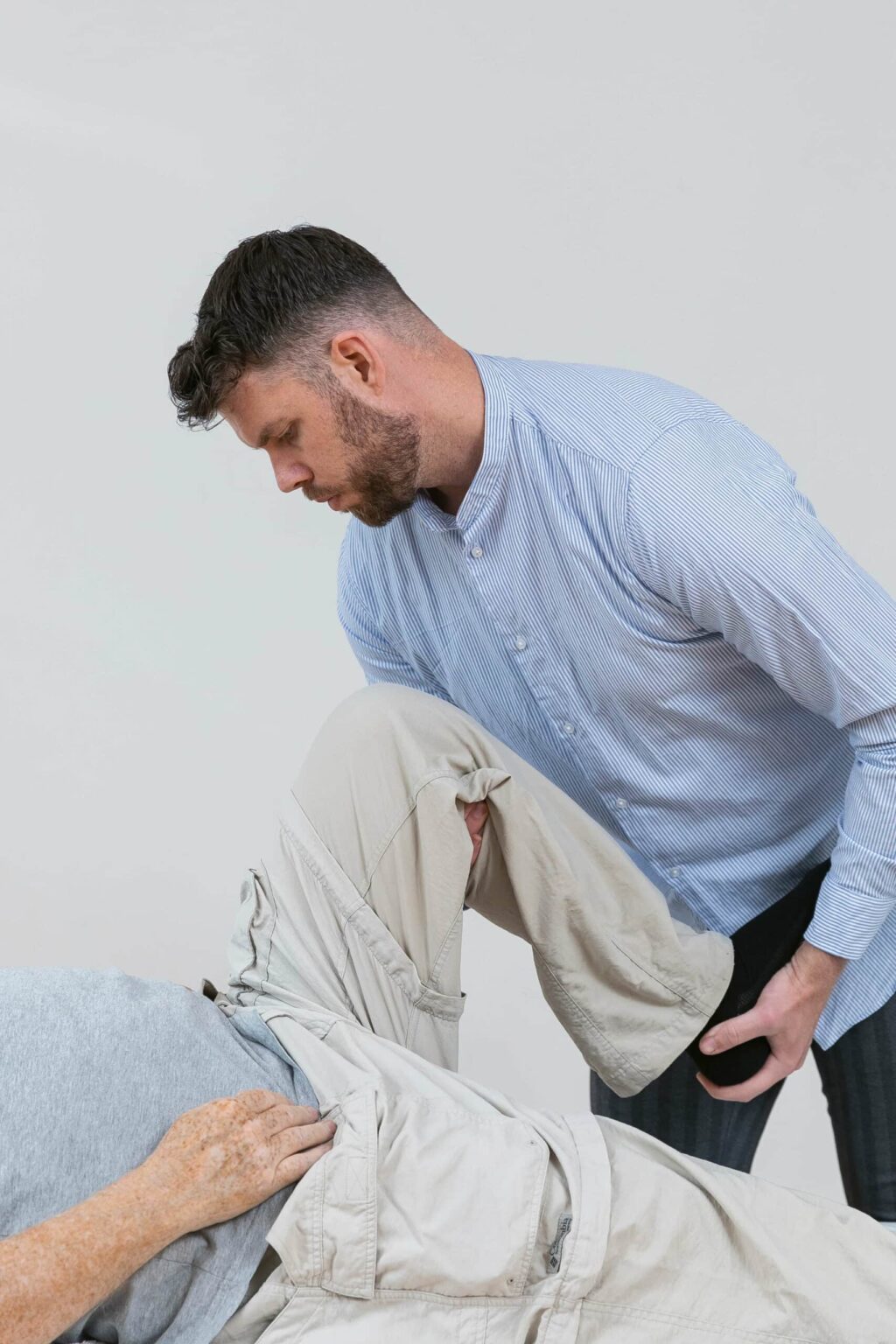
Jumper’s knee

Knee plica inflammation
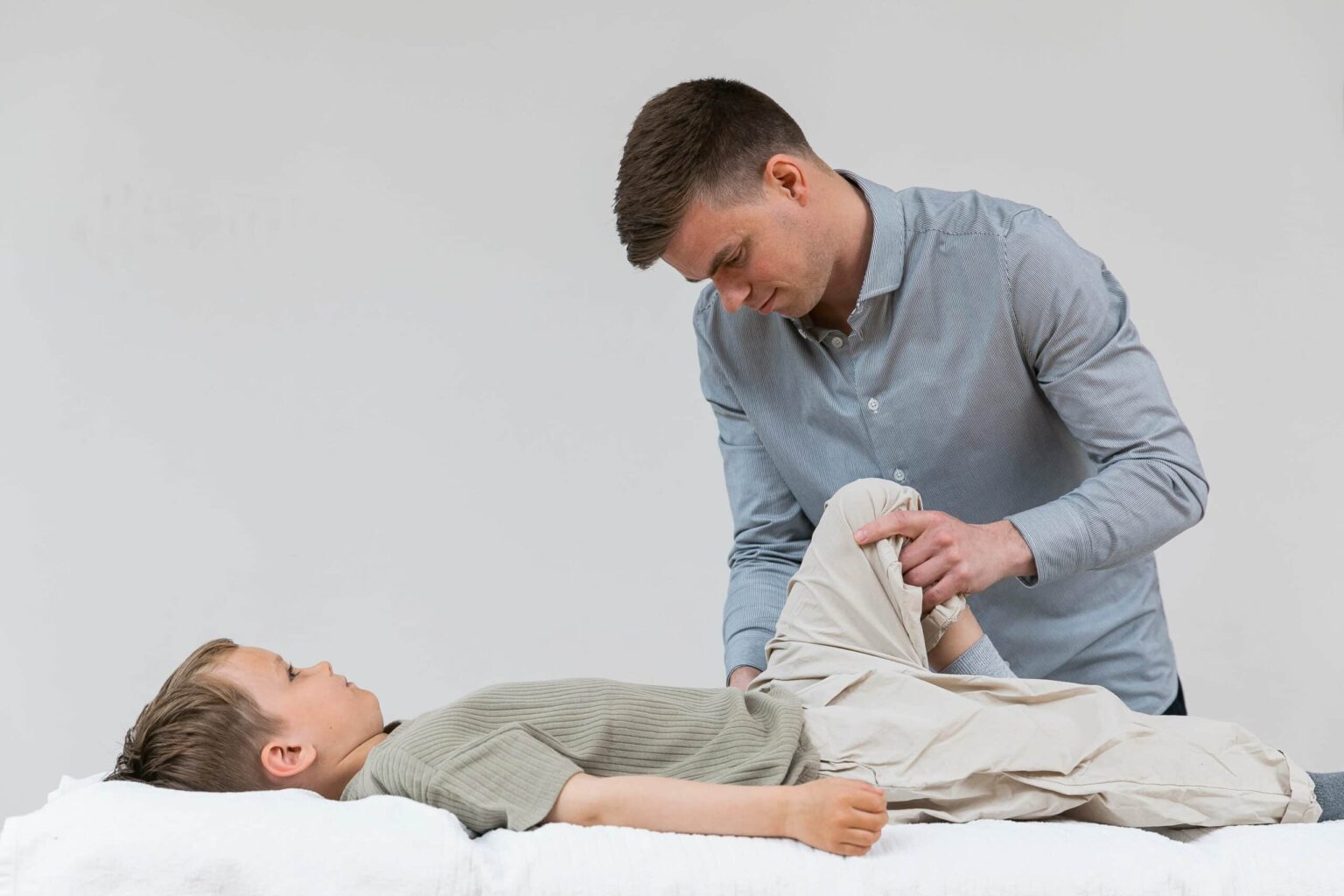
Osgood Schlatter
